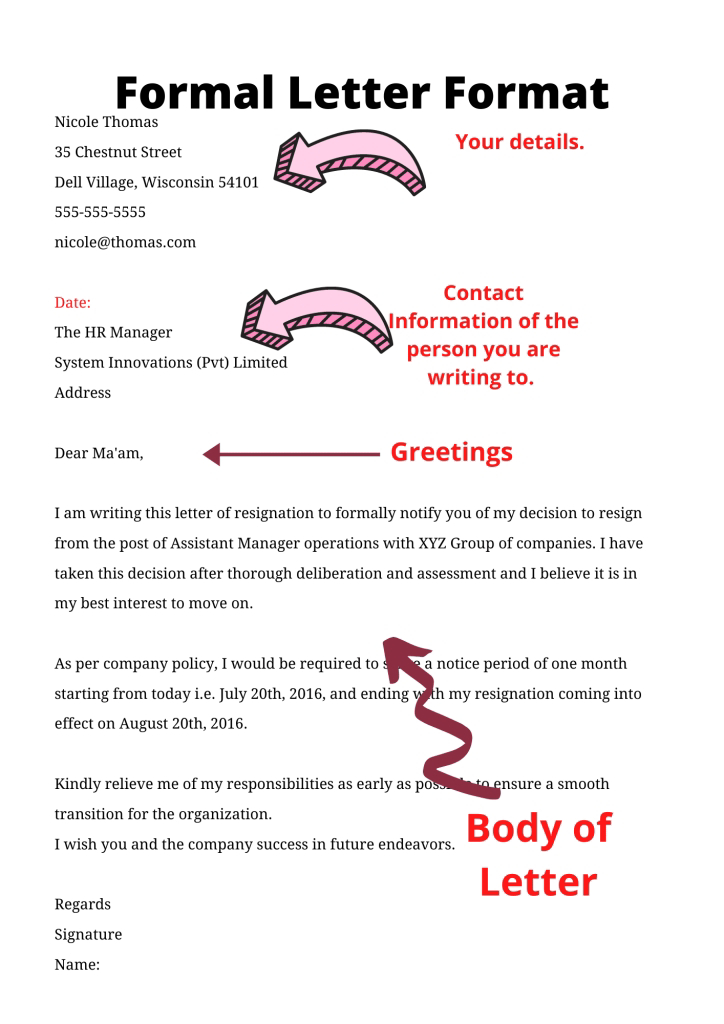Writing for the web :-
Writing for the web involves creating content that is engaging, accessible, and easy to read. Here are some tips:
1. **Understand Your Audience:** Know who your audience is and what they are looking for. Tailor your content to their needs and preferences.
2. **Clear and Concise:સંક્ષિપ્ત** Keep your writing clear, concise, and to the point. Use short paragraphs and sentences to make it easier to read online.
3. **Use Headings and Subheadings:** Break up your content with headings and subheadings. This helps with scannability and makes it easier for readers to find what they're looking for.
4. **Bullet Points and Lists:** Use bullet points and numbered lists to organize information and make it more digestible.સુપાચ્ય
5. **Hyperlinks:** Use hyperlinks sparingly સંયમપૂર્વક and make sure they are relevant. Be clear about where the link leads દોરી જાય છે.
6. **Keywords:** Use relevant keywords naturally in your content to improve search engine optimization (SEO).
7. **Mobile-Friendly:** Ensure your content is responsive and looks good on mobile devices, as many people browse the web on smartphones.
8. **Images and Multimedia:** Use images, videos, and other multimedia to enhance your content, but make sure they are optimized ( make the best) for the web to avoid slowing down your page.
9. **Engaging Opening:** Grab readers' attention with a compelling headline and opening paragraph.
10. **Call to Action (CTA):** Clearly state what action you want your readers to take, whether it's subscribing, sharing, or buying a product.
11. **Proofread and Edit:** Typos and grammatical errors can undermine અવમૂલ્યન your credibility, so proofread your content before publishing.
12. **Web Accessibility:** Ensure your content is accessible to all users.
13. **Regular Updates:** Keep your content up to date, especially if it contains time-sensitive information.
14. **Social Sharing:** Make it easy for readers to share your content on social media by including share buttons.
15. **Measure and Analyze:** Use web analytics tools to track the performance of your content and make improvements based on data.
Remember, the web is a dynamic platform, so stay up-to-date with best practices and adapt your writing style as needed.











